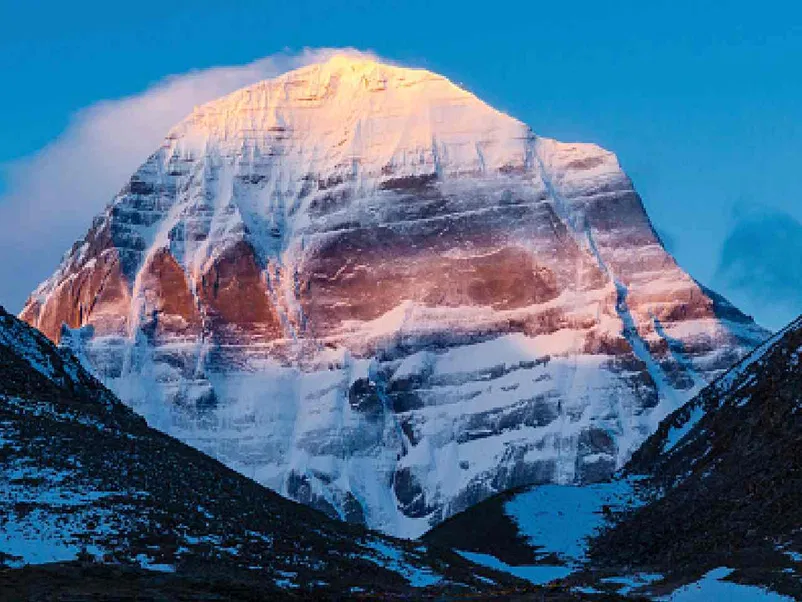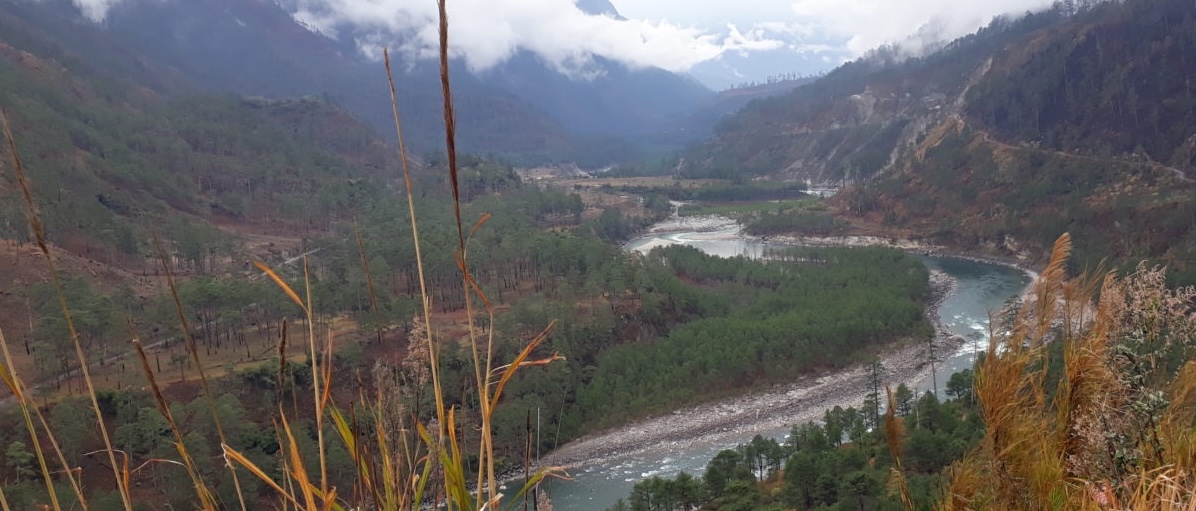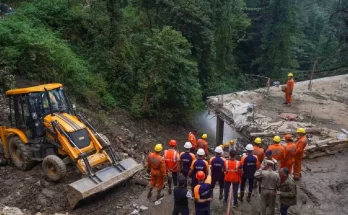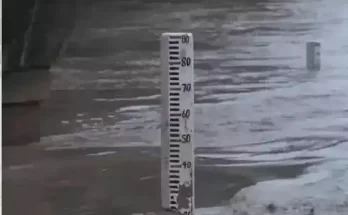New visa rules make it harder for Indian passport holders to make Tibet travel plans.

Image for representational purpose only. (Photo credit: Pixabay)
China has recently opened the Kailash Mansarovar region for foreign travellers, but the new visa rules for Indian passport holders have made it harder for pilgrims from India to visit the pilgrimage spot in Tibet.
The pilgrimage season for the Kailash Mansarovar Yatra starts from May until October for those choosing to go via Nepal. Prior to 2020, when the Kailash Mansarovar Yatra (KMY) was suspended due to the Covid lockdown, Indian pilgrims could travel through the government channel, where India’s Ministry of External Affairs (MEA) managed the entire KMY, or through Nepal with private tour operators.
In either case, Indians obtained Chinese visas from the Chinese Embassy in New Delhi by simply submitting their passports along with the applications. “One of our staff members would physically take all the passports to the Chinese Embassy in Delhi, and we would obtain the visas. But now, the Chinese Embassy insists that people come in person to the Embassy and provide biometrics,” said Rajan Shreshtha of Kathmandu-based Kailash Journeys (P) Ltd.
The new visa rules took effect this year (2023). In 2023, the Government of India is not organising the Kailash Mansarovar Yatra, so the only option is to travel via the Nepal route.
On March 15, after a three-year hiatus, China announced the resumption of all types of visas for Indian travellers, including those for tourism purposes. The Galwan clash was the flashpoint for the new visa rules implemented by both India and China. India has not been issuing tourist visas to any Chinese nationals.
“We received authorisation from the Foreign Exchange Center (FEC) in Lhasa to take people on the Kailash Mansarovar Yatra this year. But apart from the stringent visa conditions for Indian passport holders, the Chinese are requesting that the entry fees (to be paid when entering Tibet) be directly paid to a Chinese official bank account. Our Nepali laws prohibit payment to foreign banks, so we are also encountering problems in that regard,” Shreshtha told News9 Plus over the phone.
Pravin Jain, the owner of the Mumbai-based Arihant Helicopter Service, says only people of Indian origin with foreign passports are being allowed visas so far. “We are expecting a decision from the Chinese Embassy soon about allowing Indian passport holders.”
Arihant arranges for 50-60 pilgrims along with a bunch of others. “Together, there are about 400-odd people every year who avail the helicopter services for the Kailash Manas Yatra. We take them via Nepal,” he added.
The website of the Chinese Embassy in India states that Indians seeking a Chinese visa need to “fill out the visa application form and confirmation page online, make an appointment, print out the confirmation page and full form, and sign their name. Then, at the appointment time, submit the application in person with the required documents at the Chinese Visa Application Service Center in New Delhi and provide ten fingerprints.”
“The conditions are such that the pilgrimage is not open to Indians. People of Indian origin with passports from another country can go, but not Indian passport holders,” Pramod Dahal, Senior Vice President of the Nepal Association of Travel and Tour Agents (NATTA), told News9 Plus over the phone.
NATTA, along with the Trekking Agencies Association of Nepal (TAAN) and the Association of Kailash Tour Operators Nepal (AKTON), has submitted a memorandum to the Chinese Ambassador to Nepal, urging him to help simplify the movement of pilgrims, as reported by the Kathmandu Post on Tuesday.
News9 Plus has accessed the copy of the memorandum submitted by the tour operators.
Situated at an average altitude of 15,000 feet across the Himalayan range, the Kailash Mansarovar Region is a sacred place for four major religions: Hindus, Jains, Buddhists, and Bonpas.
Until 2020, before the Covid-19 pandemic prompted a worldwide lockdown, approximately 2,500-3,000 pilgrims went through the Government of India channel each year, while about 25,000-30,000 chose to travel through private tour operators via Nepal.
Responding to queries by News9 Plus, the press section of the Chinese Embassy in Delhi said: “China is open, and welcomes peoples from all other countries to visit China. There is no discrimination against Indians.”
The Embassy also claimed: “Despite the fact that India hasn’t offered tourist visas for Chinese citizens, among the first four months of this year, the Chinese Embassy and Consulates in India have issued more than 40,000 visas to Indian people, and the number keeps growing fast.”
The Kailash Mansarovar Yatra for pilgrims organised by the MEA “has not been resumed yet. The Chinese side is willing to discuss with the Indian side for detailed arrangements,” the reply on mail said.
The spokesperson for India’s Ministry of External Affairs (MEA) Arindam Baghchi declined to comment.
Anil Joshi, a member of Delhi-based Kailash Mansarovar Nishkam Sewa Samiti, which caters to pilgrims’ needs, said, “The tension existing at the border is a possible reason for China creating trouble for Indian pilgrims.”
He pointed out that the Chinese have sought large sums from Indian pilgrims for transport and lodging facilities.
“This year, the Chinese are demanding USD 400-500 more compared to the 2019 amount. Now they want about USD1300-1400 from each of the Indian pilgrims opting to go via Nepal,” said Shreshtha, of Kathmandu Journeys.
(This story first appeared on news9live.com on May 16, 2023 and can be read here.)



